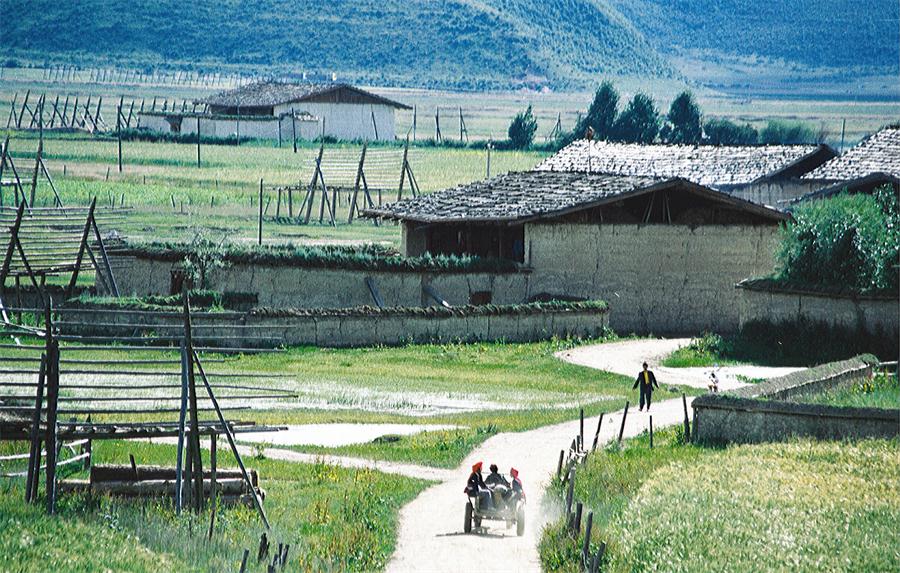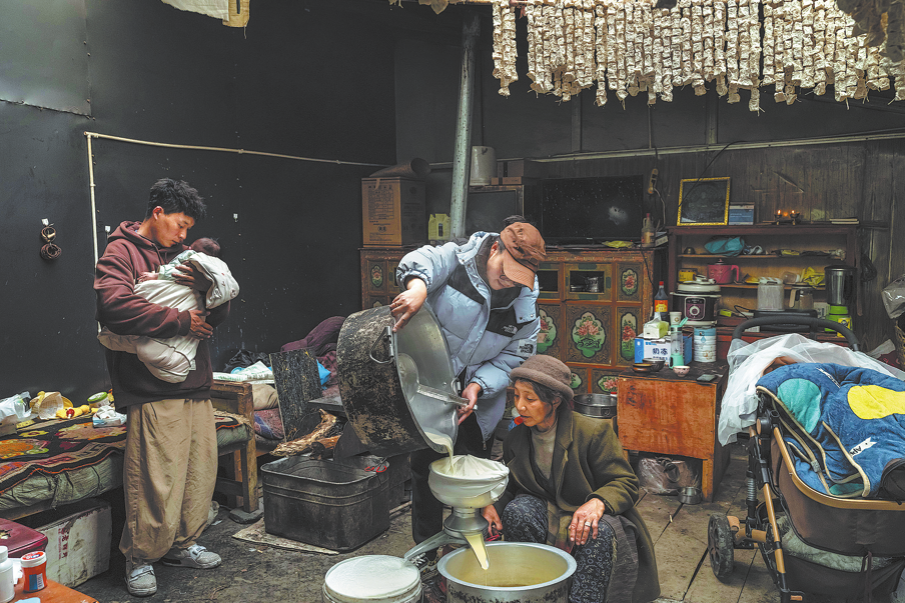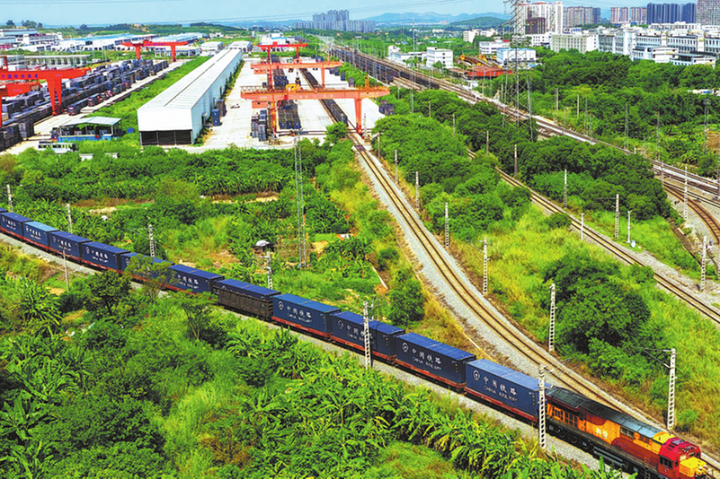The postcard-like beauty of Yunnan’s Shangri-La


I walked slowly from town, taking in every moment of what was becoming an increasingly stunning scene. As I approached, many lamas in their maroon robes were descending to a compact village of what I assumed were dormitories. A path led me up toward a white stupa or chorten at the northwestern end of the main monastery buildings. Sitting there listening to chants coming from nearby halls, it was time to go inside. At first dark, gloomy with an aroma suggesting antiquity, as I climbed narrow stairs a young lama called over and invited me into his dorm for butter tea. In exchange I helped treat some sores on his hand from my first-aid kit, leaving some useful items with him. He then led me to the roof of a prayer hall from where I could see extensive restoration work underway.
Going into another large, darkened hall there was a prevailing feel of incense. Four monks lighting flickering butter lamps stopped to invite me into an adjoining room. A kettle warmed above wood cinders on the floor. Again, butter tea was prepared in a tall wooden cylinder as I sat on a low bed taking in this experience. I was there at a time before people would have to purchase pricy entrance tickets. I just wandered in, unbelievable as it may seem. There were no tourist guides, no souvenir shops. For me it was more about young lamas extending friendship and hospitality while showing me around their home. Experiences difficult to find today where everything now comes with a price. It was a moment of stepping back into a world of simplicity, of tranquility and serenity. It is impossible to put a price on such a moment when at last I could feel the mystique of Tibet, my ultimate travel dream, flowing through me. Departing I followed a corridor adorned with many prayer flags to a courtyard where groups of Tibetan women stopped chatting and froze in disbelief at my sudden appearance. On an overlooking balcony a novice monk continually chanted sutras.
























